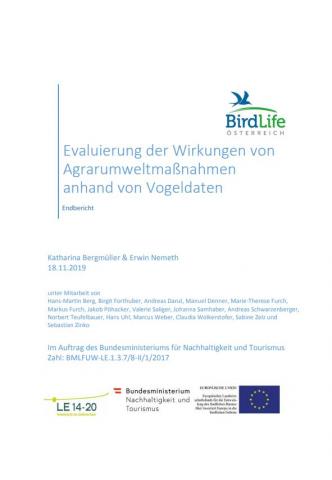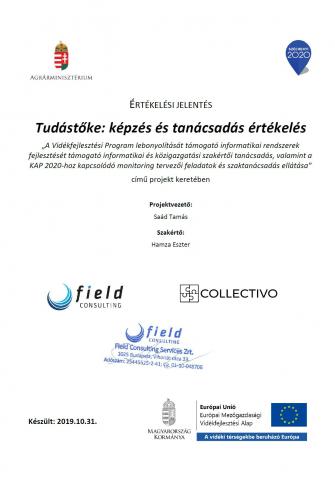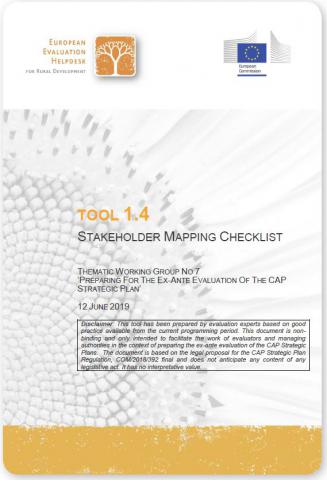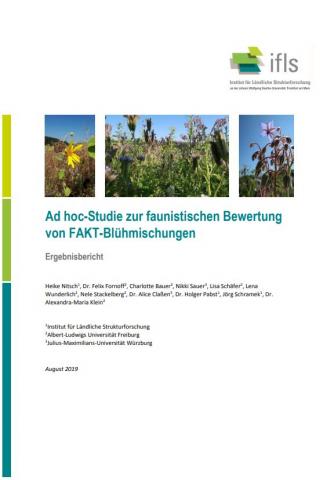
The impact of agri-environmental measures on farm birds, particularly the Farmland Bird Index species was surveyed.

The impact of agri-environmental measures on farm birds, particularly the Farmland Bird Index species was surveyed.

Based on examples in Germany, Sweden and Norway, suitable training, labour market and income-specific indicators are selected and summarized in an overall index. The aim is to show the extent of the (in)equality of opportunities for women and men at the regional level in Austria in accordance with the gender mainstreaming approach.

The evaluation examines one of the most important overarching objectives of the Rural Development Programme, the strengthening of the knowledge base and the realization of knowledge transfer. The evaluation includes the gathering of the progress and experience of the implementation, the examination of the already identifiable outputs and results of the measures, and the preliminary conclusions and recommendations that help to plan the next programming period.

This study covers the evaluation of the ESI funds' implementation organizations in Sweden.
13 ESI fund programs in Sweden together contribute to the EU's 2020 goals. They work relatively well but the implementation can be developed, eg. through clearer prioritization among governing documents and through clearer description and consensus on how each program is expected to achieve its goals. Four different impact traces for impact have been identified. The so-called direct track is dominant in the marine and fisheries program and the rural development program. The power tracks are not in contrast to each other, but strategies and control need to be adapted to the respective tracks, both between and within the programs.

This evaluation aims to assess Measure 1: Knowledge transfer and information actions, and Measure 16: Forms of cooperation for innovation.

This evaluation analysed all projects completed in 2018 (Measures 4.2, 6.4, 19.2 and 19.3).

This document provides an example of using local level database for socio-economic indicators and a proposal for a composite indicator for local development of the Horizon 2020 project ‘IMAJINE: Integrative Mechanisms for Addressing Spatial Justice and Territorial Inequalities in Europe’ in the evaluation of local development.

Tool 1.4 - Stakeholder mapping checklist: supports the identification of different actors who could be involved in the ex ante evaluation and SEA for the CAP Strategic Plan.

This study was carried out as part of the evaluation of the measures in Baden-Württemberg 2014-2020 (MEPL III). The attractiveness of various FAKT flower mixtures on various pollinating insect groups (bees, butterflies, hoverflies) were examined. The species abundance and the frequency of these insects on the flower areas sown with the flowering mixtures approved for FAKT funding was assessed.

In this study, the attractiveness of different FAKT (support programme for agri-environment, climate protection and animal welfare) flower mixtures for different pollinating insect groups (bees, butterflies, hover flies) was examined on the basis of empirical field studies. The species richness and frequency of these insects on the flowering areas that were sown with the flowering mixtures approved for FAKT funding and suitable comparison areas were assessed.